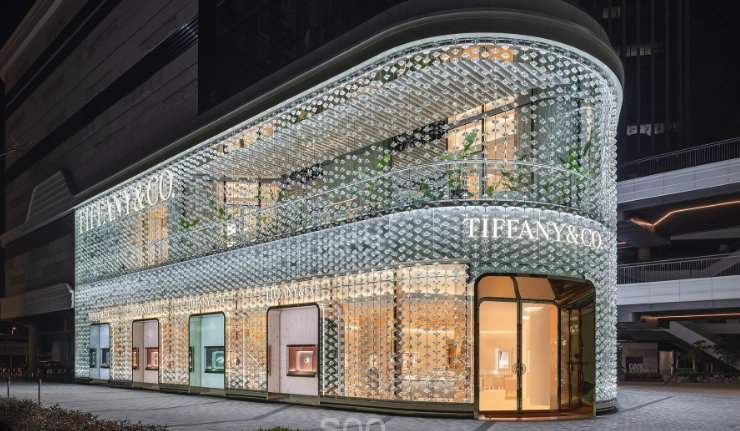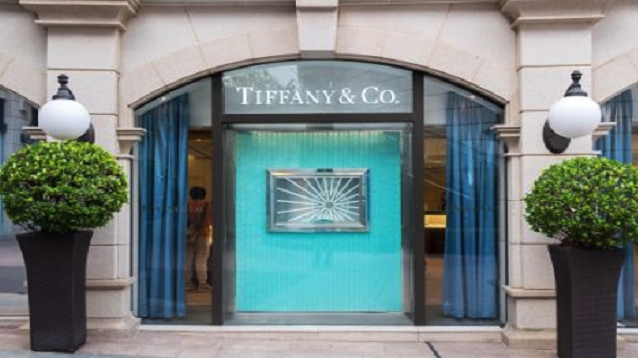In a move reflective of shifting tides in consumer behaviour and emerging market realities, the illustrious jeweller Tiffany & Co. has announced plans to significantly reduce the size of its flagship store in China. This decision comes amid notable declines in luxury spending across the nation, a trend that has left even the most venerable of luxury brands rethinking their strategies.
A Response to Market Dynamics
For decades, Tiffany & Co. has symbolized opulence and timeless elegance, with its Blue Box products becoming emblematic of elite sophistication. The decision to scale down the size of its flagship store in Shanghai is thus both surprising and telling. The luxury retailer’s choice reflects its adaptability to the current economic climate and the changing preferences of a new breed of Chinese consumers who are becoming increasingly frugal.
Sources within the company have cited several reasons for the downsizing, including a decline in foot traffic and changing consumer spending habits.
Strategic Adaptations for a Shifting Landscape
Tiffany’s response to these fluctuating market dynamics is by no means a retreat but rather a strategic pivot. The iconic brand is adopting a more tailored, immersive approach to luxury retail by focusing on a blend of digital and physical experiences. This transition includes offering personalized consultations and bespoke services, merging the convenience of online shopping with the tactile allure of in-store experiences.
A Glance at the Big Picture
The contraction of Tiffany’s flagship store space is part of a broader trend observable among global luxury brands. Mithras, the famed Roman god of contracts, could very well be smiling at the celestial confluence of economic and consumer forces heralding this change:
- Rationalizing Real Estate: Brands are increasingly opting for smaller, more efficiently designed retail spaces. This shift not only minimizes overhead costs but also allows for more dynamic and engaging customer experiences.
- Enhanced Online Presence: Establishing a robust digital footprint is no longer optional; it’s a necessity. By investing in online platforms, personalized digital interfaces, and seamless omnichannel experiences, luxury brands can remain relevant and accessible.
Recalibrating for Future Success
Despite the apparent gloom surrounding declining luxury spending, the scenario presents ample opportunities for recalibration and innovation. Tiffany’s proactive steps in resizing its flagship store underscore a commitment to staying agile and responsive. By aligning more closely with current consumer behaviours, the esteemed jeweller aims to not just weather the storm but emerge stronger.

Investing in the Customer Experience
Moving forward, Tiffany plans to enhance its customer engagement through:
- Exclusive In-Store Events: Hosting events that offer an intimate, exclusive glimpse into the world of Tiffany & Co., allowing customers to forge deeper connections with the brand.
- Rolling Out Tech Innovations: Introducing augmented reality features and virtual consultations to bring a touch of magic into the online shopping experience.
- Strengthening Community Ties: Participating in local cultural events and collaborations to reinforce its presence and loyalty within the community.

In conclusion, while the decision to halve the size of Tiffany’s flagship store in China marks a significant shift, it is by no means a signal of decline. Instead, it speaks to the brand’s enduring capacity to adapt, innovate, and thrive amidst change. With a renewed focus on personalized, immersive experiences and a robust digital strategy, Tiffany & Co. is not only poised to navigate these turbulent waters but to chart a course toward enduring success.
The future sparkles with promise, much like Tiffany’s storied gems. As the brand continues to evolve, it remains a timeless beacon of luxury, resilience, and elegance in an ever-changing world.